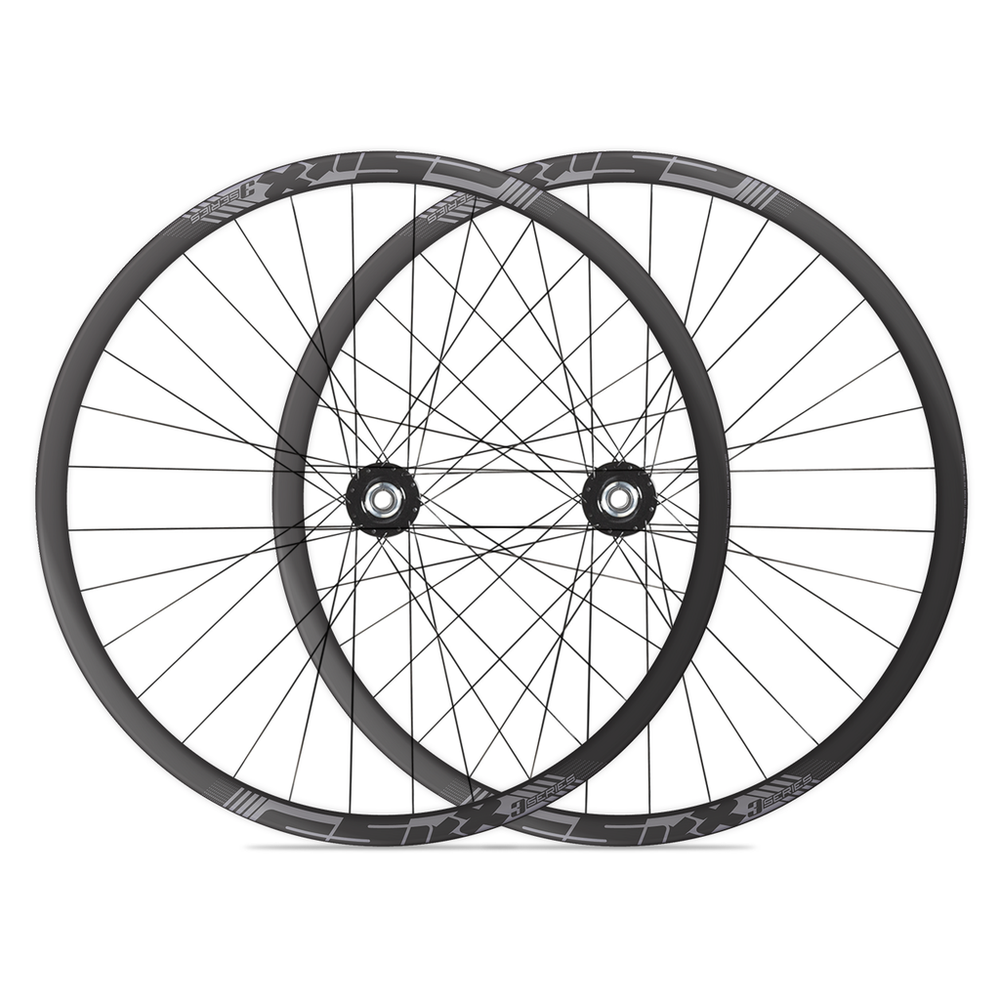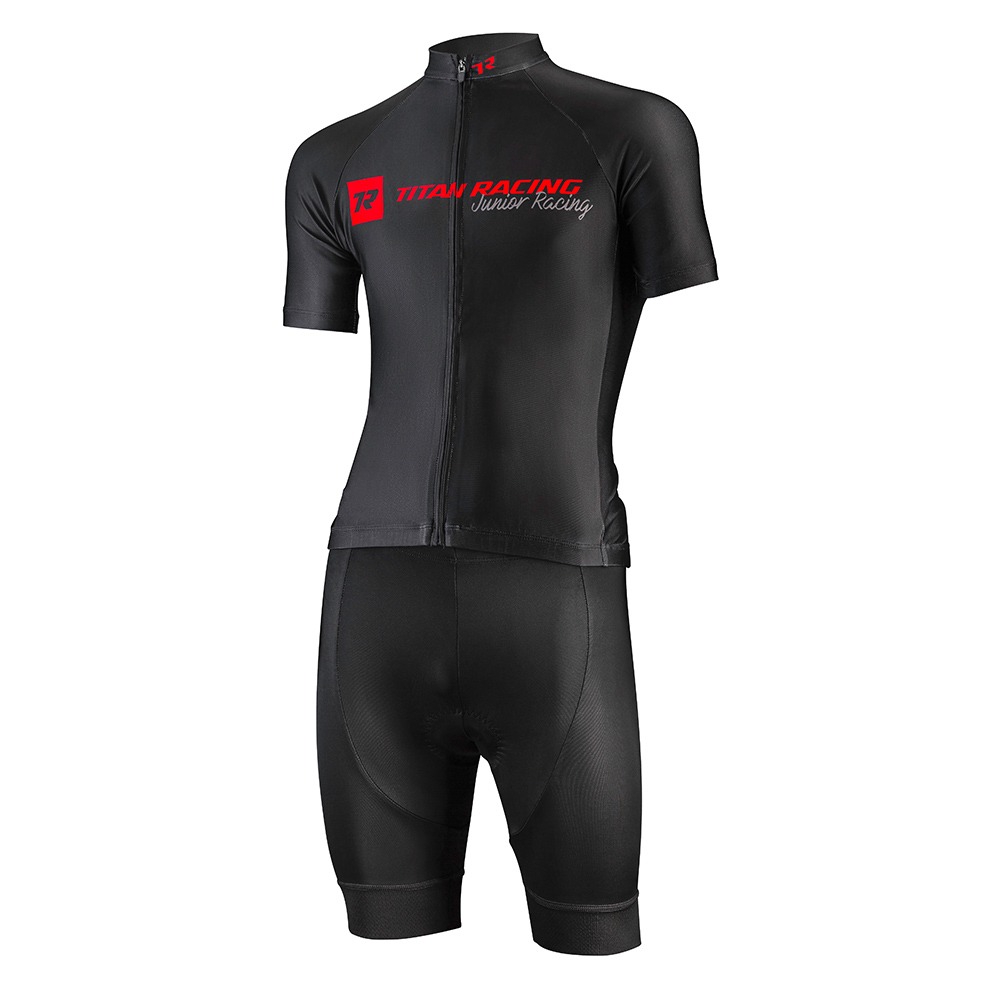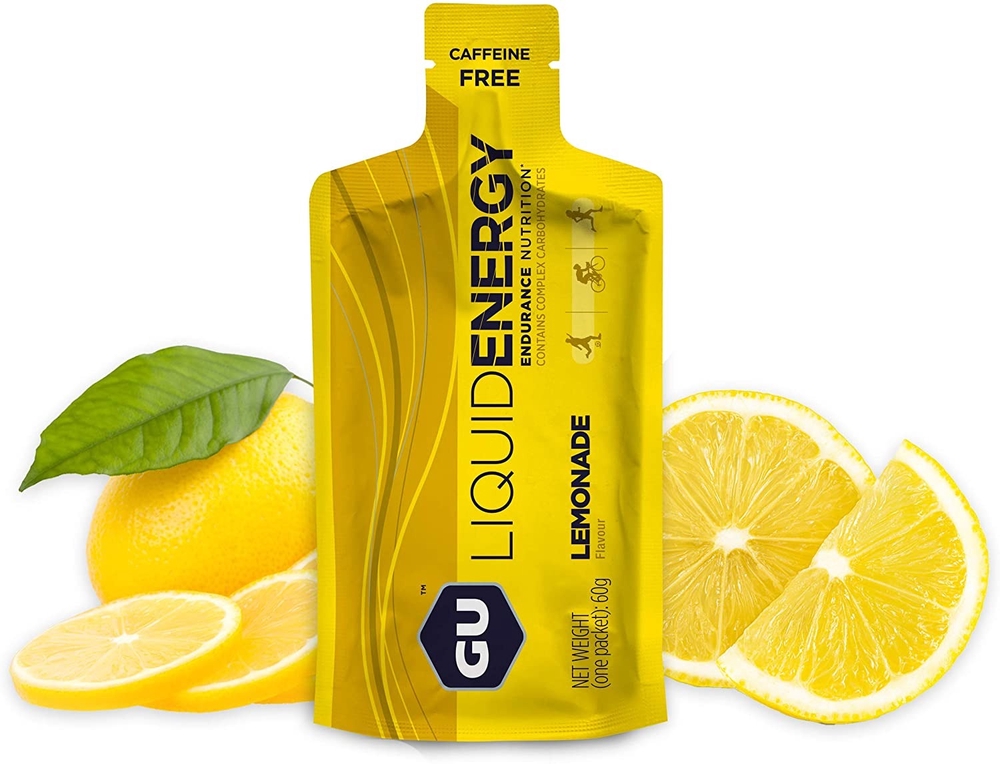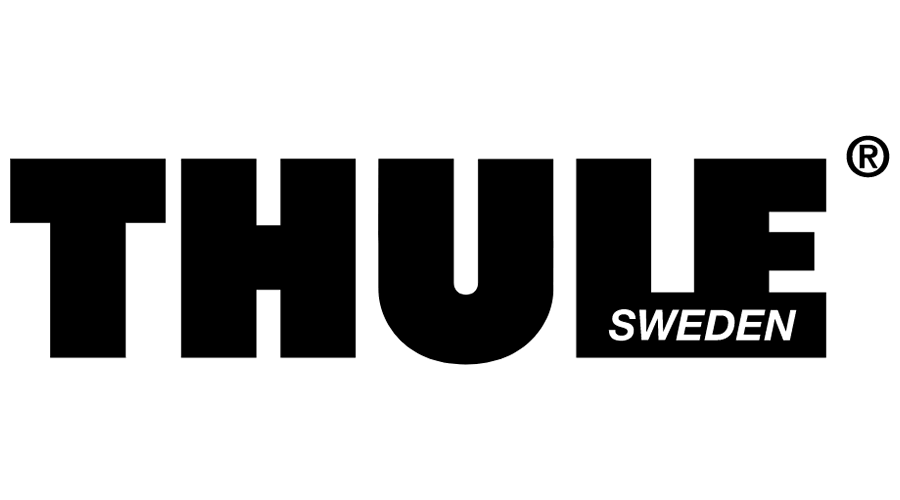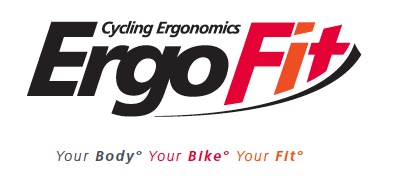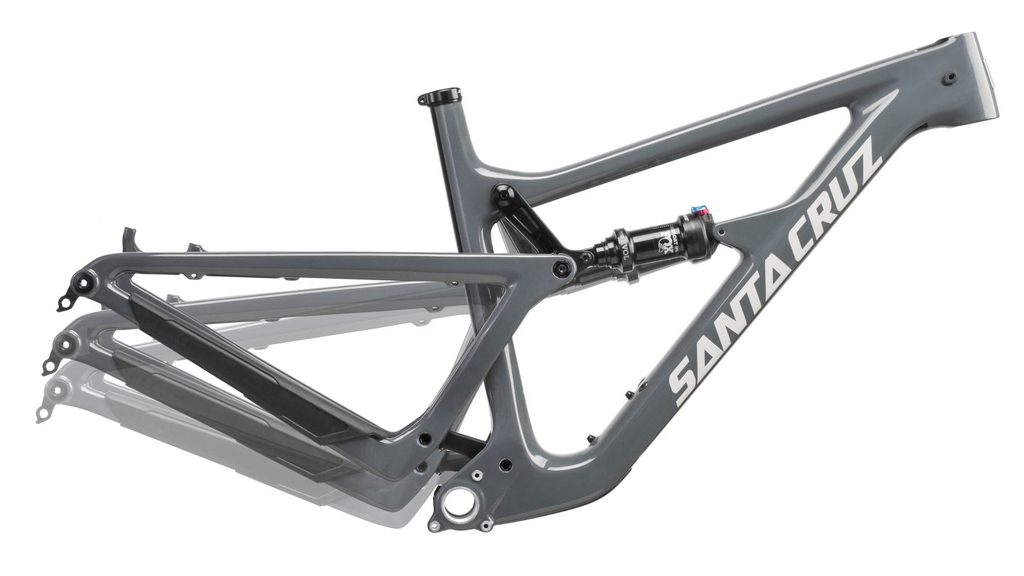
Let’s Get To Know VPP
In this first instalment of this new suspension tech series, we answer the top 5 VPP related questions as well as discuss the suspension design’s benefits using language that we can all understand!
1. What is VPP?
VPP stands for “virtual pivot point” and is Santa Cruz’ patented suspension design where two opposite rotating links connect the swingarm to the front triangle creating a “virtual” pivot point or “Instant Centre” that moves through the cycle of suspension travel.
2. What does VPP do?
A bike’s pivot location influences the anti-squat (acceleration) and anti-rise (braking) characteristics it has. A “virtual” pivot means these values aren’t constant and can be manipulated at different points in the rear wheel travel to achieve different things.
3. How does VPP do it?
Using thousands of simulations, engineers can design the migration of the Instant Centre to achieve the desired anti-squat and anti-rise values that physics and in field testing have shown to be the best suited to each specific model.
4. Why do you need VPP?
Put simply, it’s a matter of performance. Different riding disciplines have different requirements (think DH vs Marathon), and these change as the suspension compresses (fully extended, at sag, fully compressed). A migrating pivot point allows engineers to fine tune performance for each model at each point in its travel.
5. Will VPP last?
With short links, large bearings and smart engineering, Santa Cruz have created a full suspension design that is both stiff and durable, without compromising on either in order to shave grams. Bearings do wear out, but Santa Cruz offer a lifetime warranty for the first owner.
SO WHAT DOES VPP MEAN FOR YOU OUT ON THE TRAIL?
More grip – by controlling the suspension action and keeping the wheel on the ground.
Efficiency – chain, pedal, braking and rider forces kept as neutral as possible ensuring these inputs are isolated.
Built tough – short links, big bearings ensure a stiff rear end and long service intervals.
Genre specific – each VPP layout offers specific benefits suited to the intended riding / rider demands.
WHAT’S NEXT?
Stay tuned for our upcoming series of in-depth articles that run parallel to one another with one giving insight on a general topic while its partner applies that insight directly to Santa Cruz’s Patewnted VPP suspension design.
Introduction: The Fundamentals of VPP
Topic 1: The purpose of suspension | How Santa Cruz sees suspension.
Topic 2: Factors that influence suspension | How VPP deals with chain, rider and brake inputs.
Topic 3: Identifying suspension designs | VPP suspension design explained.
Topic 4: The best suspension design for you | How VPP offers something for every rider.
Topic 5: Getting the most out of your suspension | How to setup your VPP bike.
Images: Santa Cruz, Desmond Louw and Craig Kolesky

